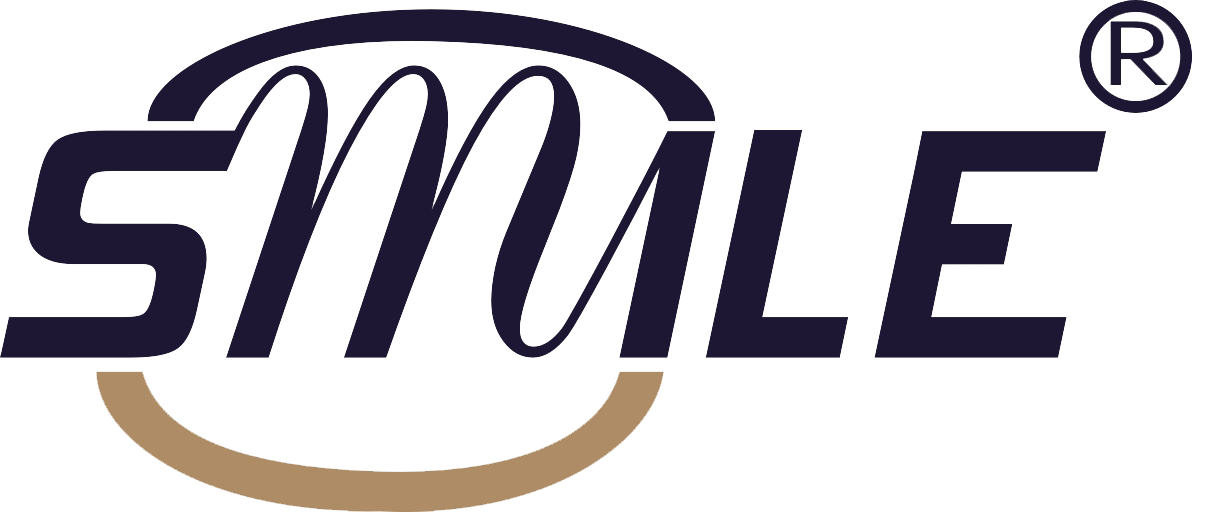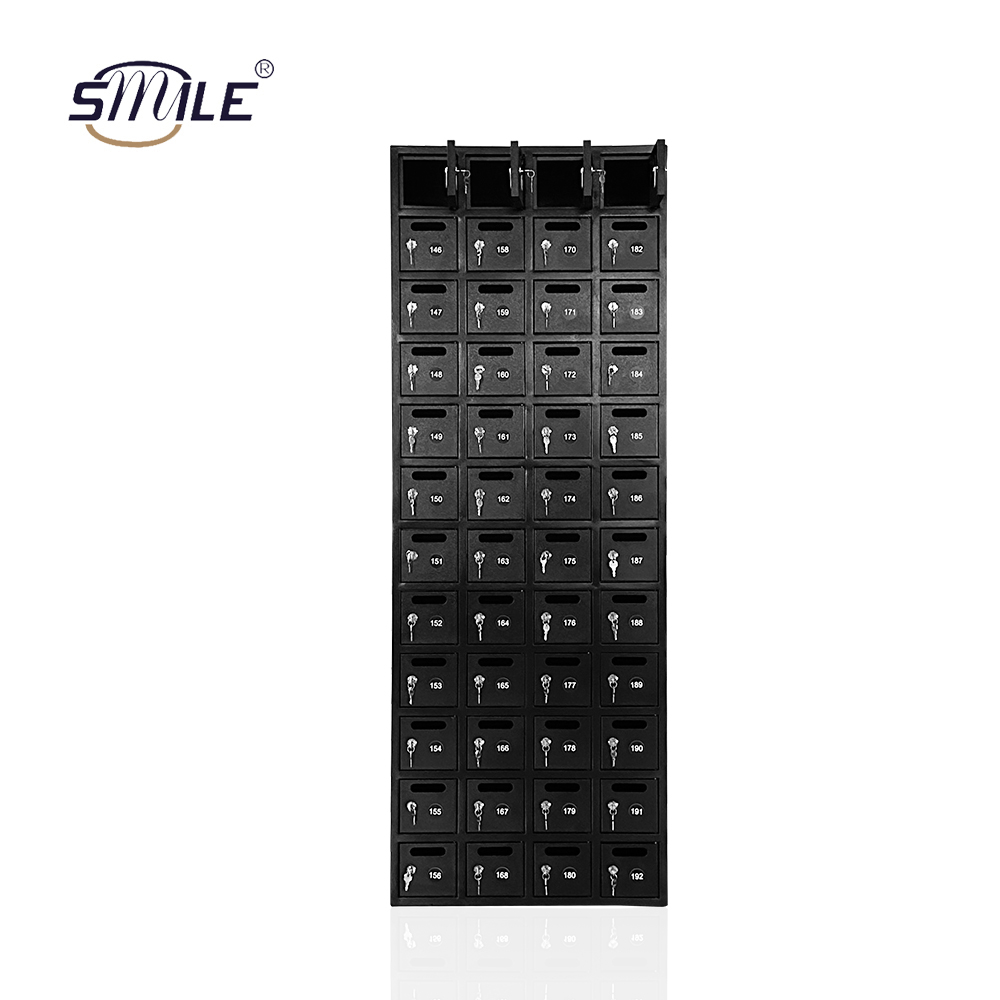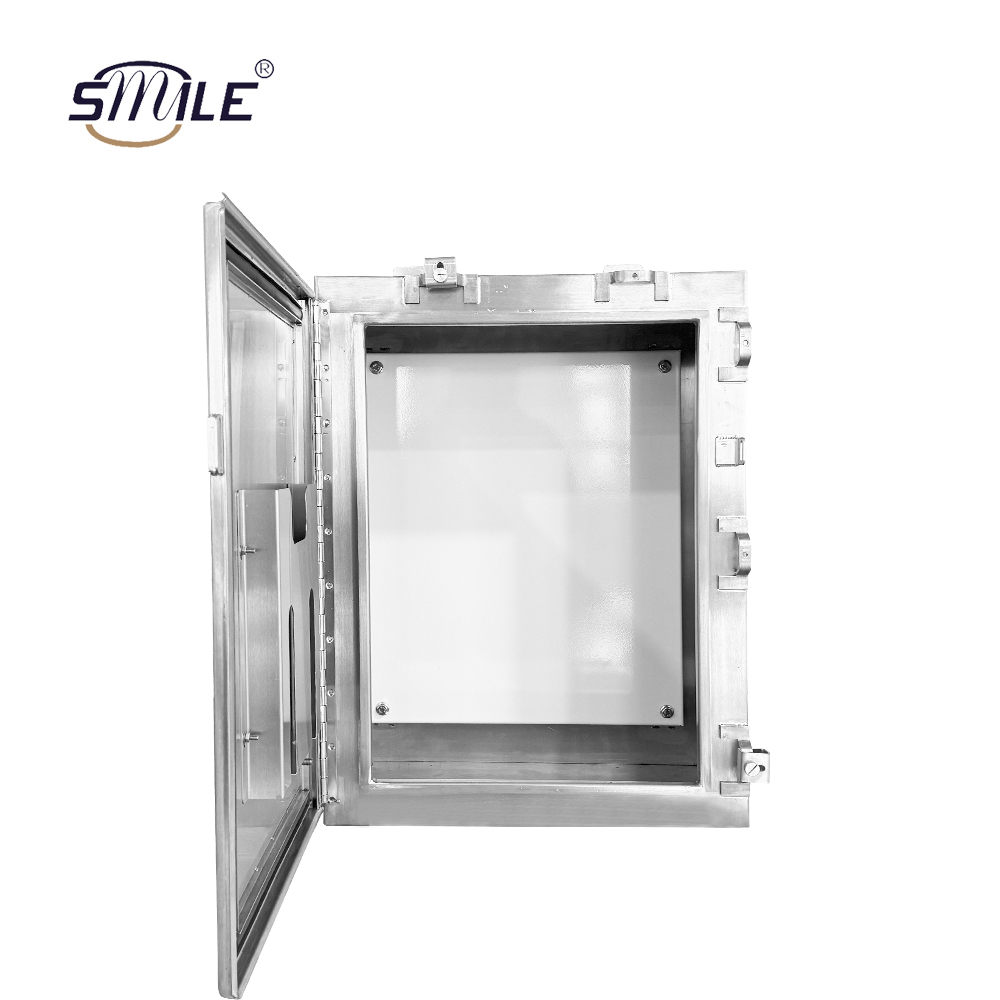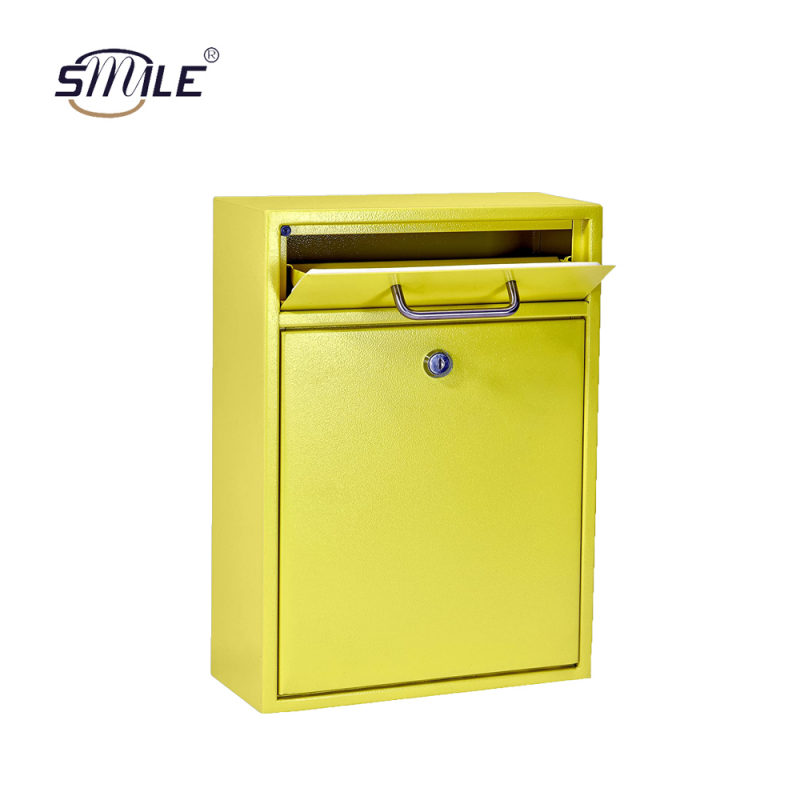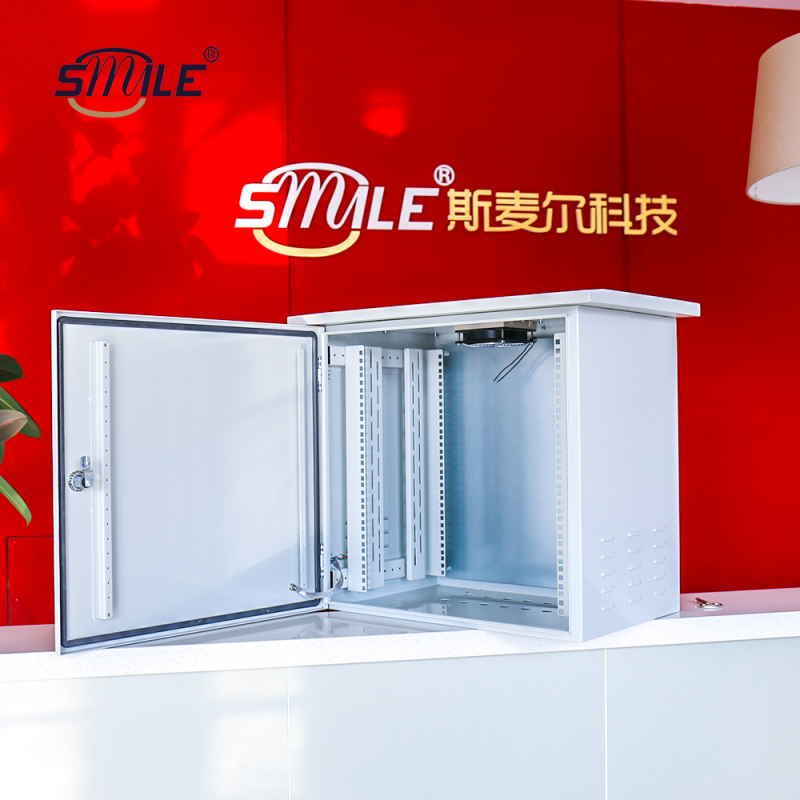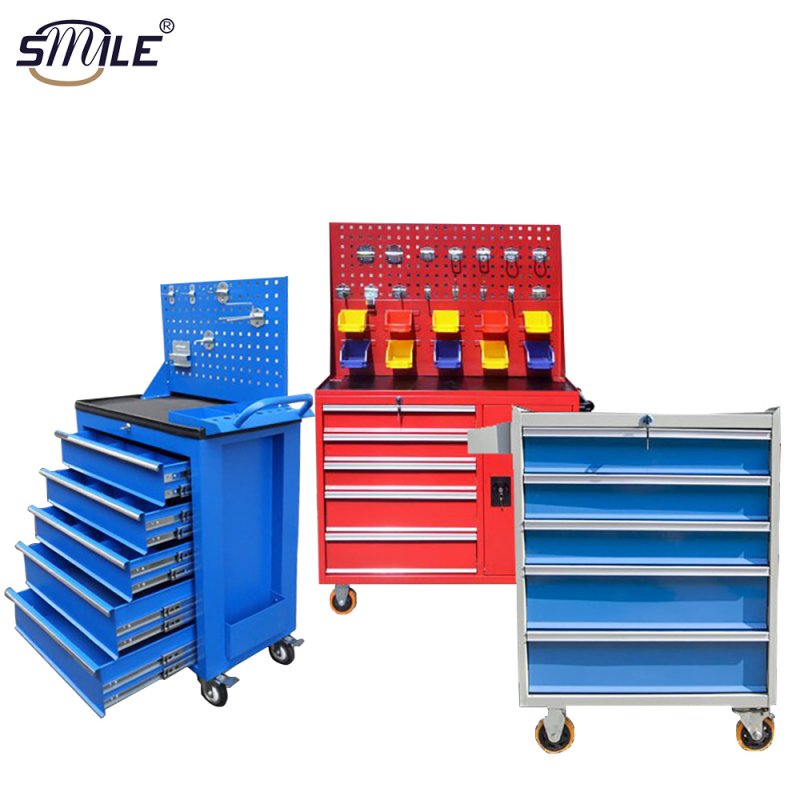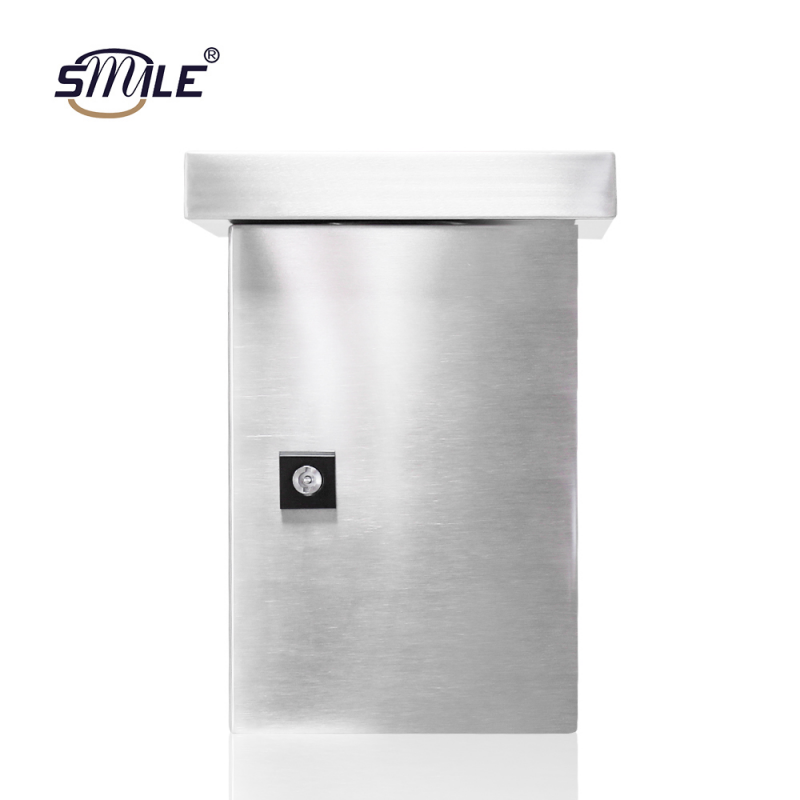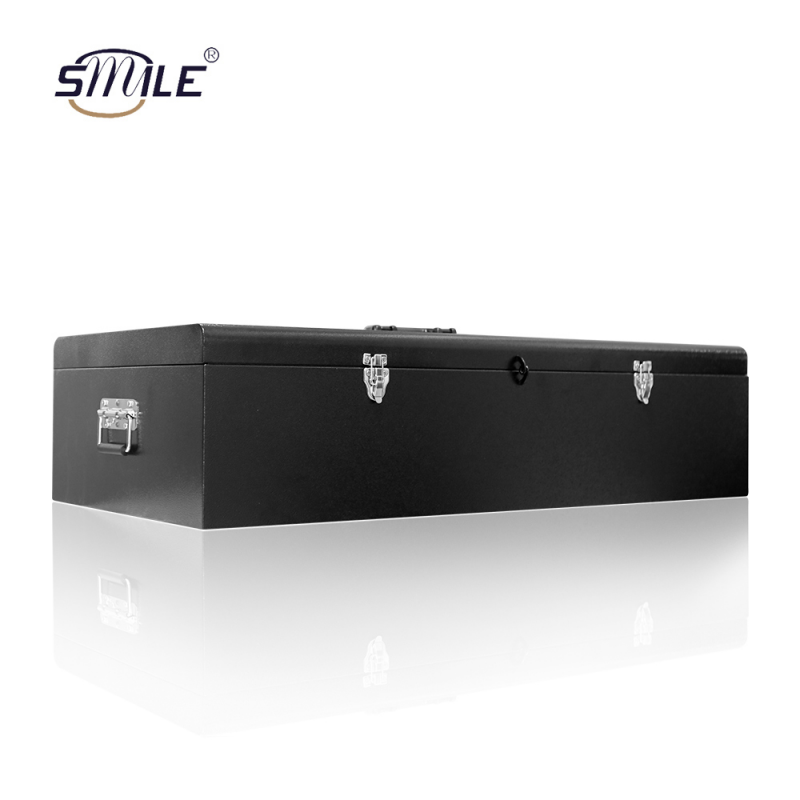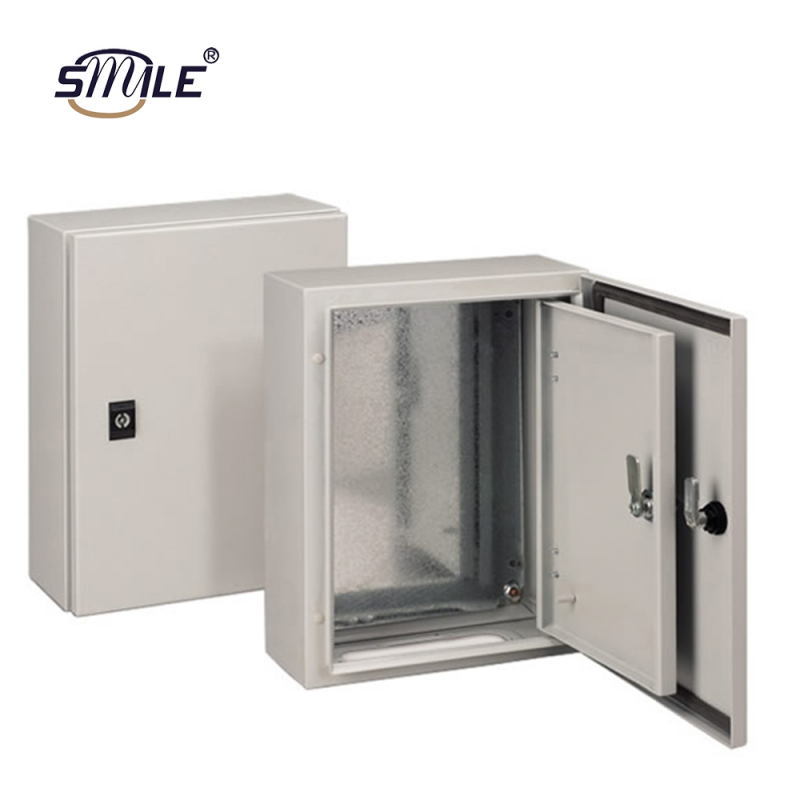Do you want to use a bespoke laser cutting service, but you're not sure what materials can be cut with a laser cutter? In this blog, CHNSMILE will show you what materials can be cut with these revolutionary machines and explain a little bit about how these cutters work.
At CHNSMILE, there are eight high-performance Bystronic laser cutters that can cut a wide range of materials for projects of all sizes. To find out more about CHNSMILE's laser cutting services, please contact us.
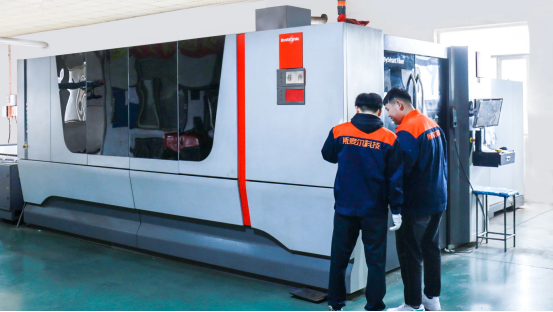
What is laser cutting?
Laser cutting usually uses carbon dioxide (CO₂) lasers or fibre lasers to produce a high-intensity beam of light. This beam is focused by a focusing mirror and becomes very small and highly concentrated in energy. When this high energy density beam hits the surface of the material, the material rapidly heats up and melts or evaporates, enabling cutting.
What materials can laser cutting handle?
Laser cutting is a versatile technology that can handle a wide range of materials including metals and non-metals. Listed below are some of the common materials that are suitable for laser cutting:
1.Metals
·Steel: Including carbon steel, stainless steel, and tool steel.
·Aluminum: Often used in aerospace and automotive industries.
·Copper: Used in electronics and jewelry making.
·Brass: Common in decorative items and musical instruments.
·Titanium: Frequently used in high-stress applications like aerospace components
2.Non-Metals
·Plastics: Such as acrylic (PMMA), polycarbonate, and PVC.
·Wood: Used in furniture, decorations, and models.
·Glass: For decorative pieces and some industrial applications.
·Ceramics: Used in electronics and some artistic applications.
·Rubber and Foam: Common in gaskets, seals, and insulation.
·Paper and Cardboard: Used in packaging and model-making.
·Leather: For fashion accessories, upholstery, and craft projects.
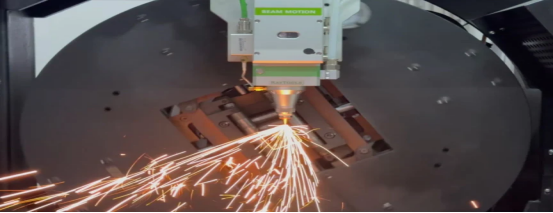
Which materials cannot be treated with laser cutting?
Whilst laser cutters are a popular choice due to the wide range of materials they can cut, there are still some plastics, metals and wood that are not suitable for laser cutting.
·PVC - this material is dangerous for laser cutters and should never be cut in this way as heating the plastic with a laser will produce toxic fumes.
·Polystyrene - this foamy plastic is extremely flammable and should never be used with a laser cutter as there is a high risk of fire.
·Fibreglass - this material is a mixture of glass and epoxy resin and, like PVC, cutting epoxy resin with a laser will produce toxic fumes, so do not do this.
·Polypropylene - this plastic tends to melt, making it difficult to achieve a clean cut. Melting also produces burnt/discoloured areas on the surface and smoke when the material burns.
Considerations for Choosing Laser Cutting
·Material Thickness: Thicker materials generally require more powerful lasers and longer cutting times.
·Laser Type: Different types of lasers (e.g., CO₂ lasers, fiber lasers) are better suited for different materials. Fiber lasers tend to be more efficient for metals, while CO₂ lasers are often used for non-metals.
·Surface Finish: The type of material affects the finish quality of the cut edges. Some materials may produce a smoother finish than others.
·Safety: Certain materials, such as reflective metals like aluminum or copper, can pose challenges due to their reflective properties, requiring specific safety measures and equipment settings.
The choice of material and the specific requirements of the application dictate which type of laser cutter is best suited for the job.

